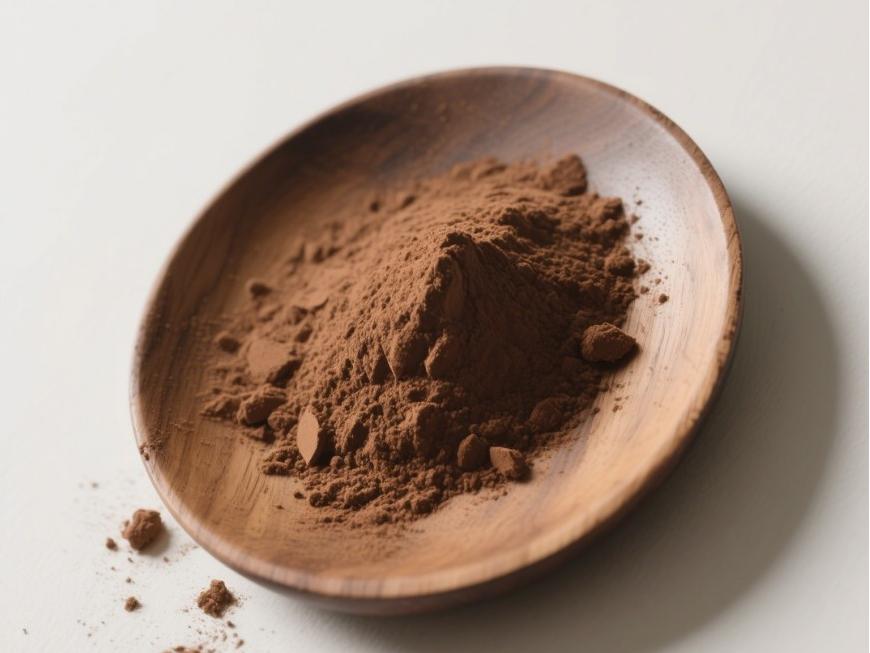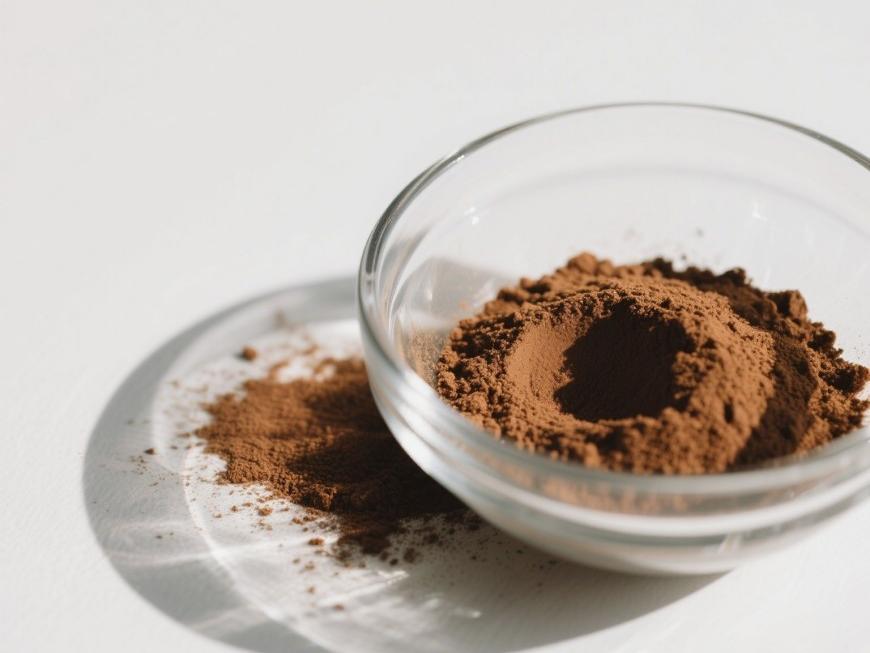Natural Passion Fruit Ingredient : A New Choice for Clean Label Flavoring
Driven by current clean label and natural health consumption trends, passion fruit is emerging as an ideal choice for food and beverage companies seeking product innovation, thanks to its unique tropical complex fruit aroma and rich nutritional value. The natural aromatic compounds and functional nutrients abundant in passion fruit effectively reduce the need for artificial flavors, colors, and additives, helping brands create clean label products that better meet modern consumer demands.
As a premium natural ingredient supplier, Green Spring Technology is committed to providing high-quality passion fruit extracts and fruit powders, empowering your products to stand out through flavor innovation and health upgrades.
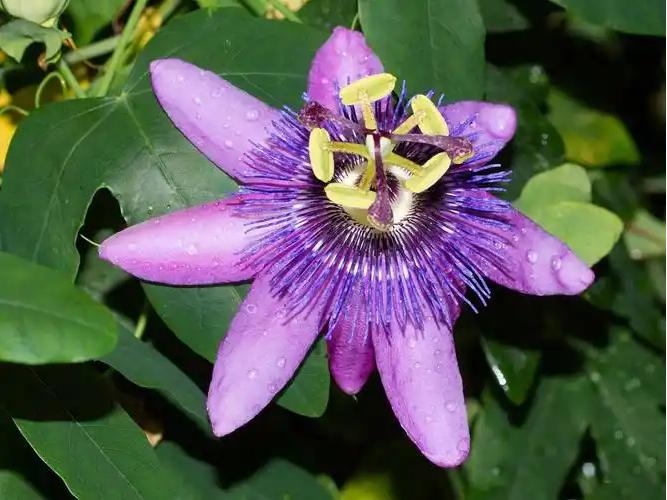
1 Passion Fruit: Natural Flavor and Nutrition Solutions for the Clean Label Era
Passion fruit, hailed as the “King of Juices,” is emerging as an ideal natural ingredient for developing clean label products in the food industry. Its distinctive tropical composite fruit aroma and rich nutritional profile offer natural solutions for food and beverage innovation.
A Natural Flavor Treasure Trove, Replacing Artificial Additives
Passion fruit is rich in natural aromatic compounds, with research identifying over 150 distinct fragrance components including esters, alcohols, and alkenes. These elements collectively form its complex, harmonious profile of pineapple, mango, banana, and other tropical notes. As a natural flavoring agent, it can be directly incorporated into baked goods, beverages, dairy products, and more, effectively reducing reliance on artificial flavors and supporting clean label initiatives.
Whole-fruit utilization for health labeling
Every part of the passionfruit offers value for product innovation:
· Pulp and juice: High soluble solids content and excellent heat stability make it an ideal natural base for juices, jams, and blended beverages, providing natural sweetness and acidity
· Rind: Rich in natural pectin, suitable for candied fruits and jams to boost fiber content
· Seeds: Rich in unsaturated fatty acids, with over 72% linoleic acid, serving as an excellent natural source of essential fatty acids
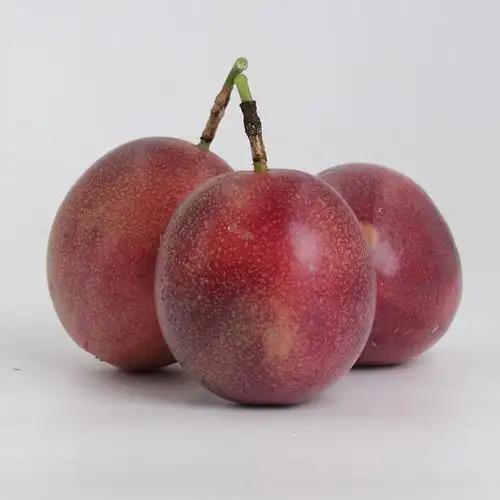
Diverse clean label applications
Passion fruit ingredients perfectly align with clean label trends through their natural attributes and rich nutrition:
· Beverage industry: Provides natural flavor and nutritional fortification
· Dairy products: Delivers authentic fruit texture and natural color to yogurt and fermented milk
· Baked Goods: Natural fruit aroma replaces artificial flavors
· Healthy Snacks: Delivers natural sweetness and nutrients to dried fruit, energy bars, and similar products
With its rich aromatic compounds, nutritional value, and processing adaptability, natural passionfruit ingredients are becoming a key choice for food companies developing clean label products, offering consumers a more natural and healthy experience.
2 Science-Empowered Products: How Passion Fruit Ingredients Infuse Natural Nutritional Competitiveness into Your Health Foods
Our passion fruit extracts and fruit powders serve as ideal natural ingredients for crafting “clean label” and “nutritionally fortified” health foods, empowering your products with scientifically validated rich nutrients.
A Natural Vitamin Treasure Trove, Strengthening Health Claims
Passionflower is naturally rich in multiple vitamins, notably excelling in vitamin C content (12.33–13.47 mg/100g), earning it the title “King of Vitamin C.” It also contains various nutrients including vitamins A, B1, and E. Incorporating passionflower naturally elevates your product's vitamin content, effortlessly enabling health claims like “rich in Vitamin C” or “multivitamin-enriched.” This reduces reliance on artificial fortifiers while meeting clean label requirements.
Exceptional Antioxidant Activity for Natural Protection
Flavonoids in passion fruit (including active compounds like luteolin and apigenin) demonstrate superior free radical scavenging capabilities compared to vitamin C. These natural antioxidants provide oxidative protection for food and beverages, extending product freshness while adding the health benefit of “natural antioxidants” to your offerings. This aligns with consumer demand for functional health ingredients.
Comprehensive amino acid support enhances product value
Passionflower contains 17 amino acids, including 7 human essential amino acids and 2 child-essential amino acids, with glutamic acid content reaching 204-256 mg/100g. These natural amino acids not only provide nutritional support but also contribute to flavor development, helping you create healthier foods with higher nutritional value and richer taste profiles.
Mineral-rich composition enhances product competitiveness
Passion fruit is abundant in minerals like potassium (523 mg/100g), calcium (455 mg/100g), and magnesium, along with trace elements including iron, zinc, and selenium. Its iron, manganese, and zinc content surpasses most tropical fruits. These natural mineral components enable your products to make “mineral-rich” nutritional claims, adding extra nutritional value to sports nutrition products, functional foods, and health beverages.
Our passion fruit ingredients undergo scientific processing to maximize retention of these natural nutrients, providing you with a one-stop nutritional fortification solution that helps your products stand out in the health food market.
3 Flavor Enhancement & Nutritional Empowerment: How Passion Fruit Ingredients Redefine Healthy Beverage Standards
With its naturally rich, complex fruit aroma and balanced sweet-tart profile, passion fruit is emerging as an ideal ingredient for achieving “clean label” and “nutritional upgrade” in the beverage industry. Its unique flavor characteristics and abundant nutrients provide natural solutions for flavor enhancement and nutritional empowerment across diverse beverage products.
Natural Flavor Enhancement, Reduced Artificial Additives Passion fruit juice contains over 150 natural aromatic compounds, including esters and alcohols, delivering a layered bouquet of pineapple, mango, banana, and other complex fruit notes. This property enables significant reduction or even replacement of artificial flavors and synthetic sweeteners, helping achieve simpler ingredient lists. Research indicates that adding just 35% passionfruit juice significantly elevates a beverage's flavor complexity and sensory appeal, providing technical feasibility for developing clean-label products.
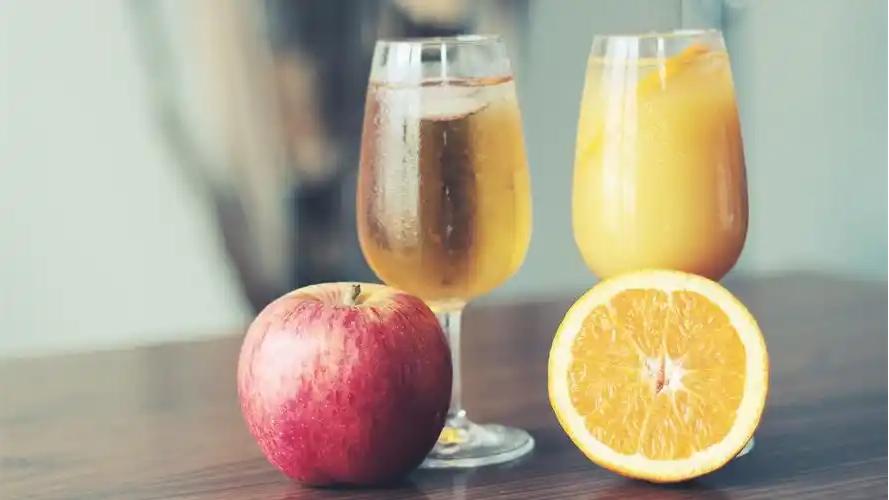
Wide-ranging applications across multiple categories Passionfruit ingredients are expanding their presence in the beverage sector:
· Multi-grain beverages: Combined with grains like Job's tears and buckwheat to create healthy drinks rich in both nutrition and flavor
· Functional plant-based beverages: Combined with superfoods like moringa and cactus to develop products with unique functional claims.
· Fermented milk beverages: Combined with lactic acid bacteria to provide natural fruit aromas while retaining the health benefits of fermented milk.
· Fruit-vegetable blended beverages: Combined with fruits like snow pears and star fruit to create rich, layered taste experiences.
Mature processing technology ensures product stability Modern processing techniques effectively preserve passion fruit's flavor and nutritional stability. Through single-factor experiments, orthogonal tests, and other process optimizations, we ensure stable flavor release and nutrient retention of passion fruit ingredients across various beverage systems, providing reliable assurance for industrial-scale production.
4 Passion Fruit Wine: Innovative Fermentation Processes Unlock Unique Flavors and New Opportunities in the Fruit Wine Market
Passion fruit wine, with its distinctive tropical character and refined palate, is emerging as an innovative category gaining significant attention in the fruit wine market. Leveraging advanced fermentation techniques and technological refinements, passion fruit ingredients deliver distinctive flavor experiences and quality breakthroughs in fruit wine products.
Distinctive Flavor Profile with Prominent Natural Fruit Aroma Passion fruit wine, primarily made from passion fruit juice and naturally fermented with yeast, perfectly preserves the fruit's characteristic complex aroma. Its naturally rich aromatic layers and balanced sweet-tart profile deliver a distinctive tropical flavor experience to consumers, achieving complex flavor expression without artificial flavorings.
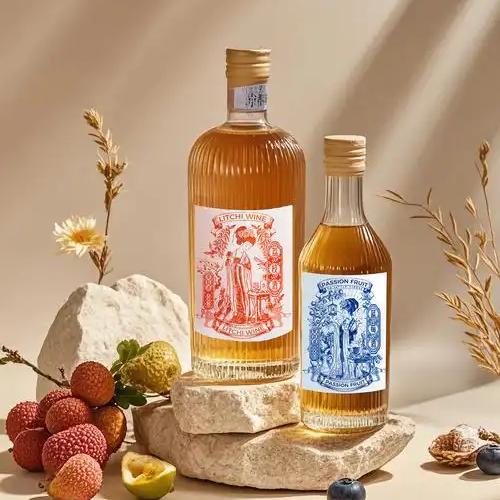
5 Passion Fruit Vinegar: Natural Fermentation Drives Functional Beverage Innovation, Unlocking New Healthy Seasoning Options
Passion fruit vinegar, rich in organic acids, minerals, and amino acids, is emerging as an innovation focal point in the health beverage and premium condiment markets. Through innovative applications of modern fermentation techniques, passion fruit delivers distinctive flavor profiles and health benefits to fruit vinegar products.
Natural Nutrition, Health Empowerment Passion fruit vinegar is rich in natural organic acids and multiple amino acids, offering substantial nutritional value. Research indicates its DPPH radical scavenging rate reaches 97.5%, demonstrating exceptional antioxidant properties. This provides natural health benefits to products, meeting consumer demand for functional beverages.
Blending Innovation, Diverse Flavors The innovative blending of passionfruit with various fruits has opened new flavor dimensions for fruit vinegar products:
· Combined with fruits like jicama and banana, creating richly textured blended fruit vinegar products
· Combining with Chinese yam to create healthy fruit vinegar with both flavor and functional benefits
· Innovatively pairing with traditional fruits like persimmons to develop uniquely balanced sweet-and-sour fruit vinegar products
Precision Craftsmanship, Superior Quality Through precise control of modern fermentation processes, passion fruit vinegar quality is significantly enhanced:
· Optimizing process parameters via response surface methodology ensures product stability
· Under optimal conditions—11% Bacillus aceticum inoculation and 30°C fermentation—yields premium vinegar with 5.37 g/100 mL total acidity
· Scientific methods like orthogonal experiments precisely balance total acidity and sugar content
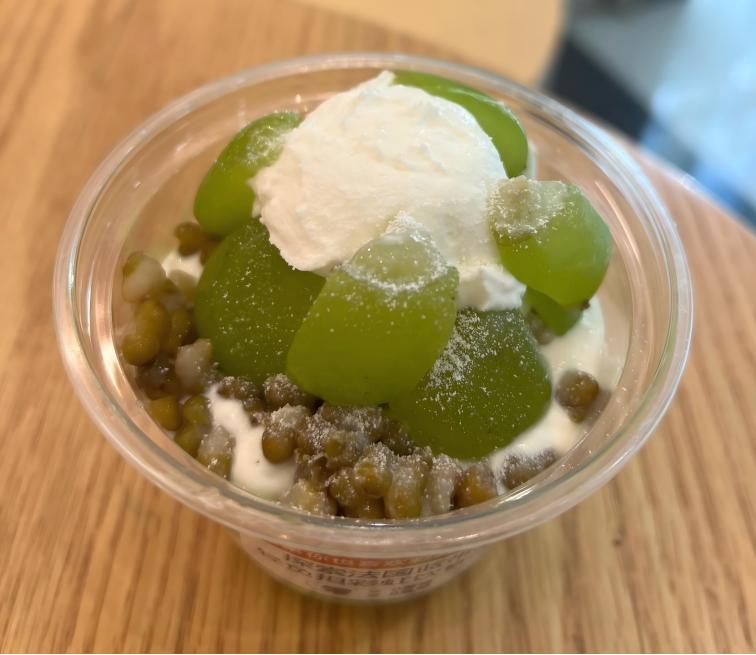
Wide Applications, Promising Market Potential Passionfruit vinegar demonstrates potential across multiple sectors:
· As a premium health beverage, it meets consumer demand for naturally fermented products
· In condiments, it provides a natural acidity solution for salad dressings, dips, and similar products
· Aligns with functional food trends, serving as a raw material option for gut health products
6 Passion Fruit Yogurt: Natural Fruit Flavor Empowers Dairy Innovation, Leading the Clean Label Trend
Passion fruit, with its distinctive “fruit of a hundred flavors” aroma and rich nutritional value, is emerging as an ideal raw material for yogurt innovation. Its naturally rich fragrance and balanced sweet-tart profile offer dairy companies new solutions for developing clean label, high-value-added products.
Natural Flavor, Reduced Additives Passion fruit contains over 165 natural aromatic compounds, delivering a complex, layered fruit profile. Adding just 5.5% passion fruit juice imparts a distinct tropical flavor to yogurt, significantly reducing reliance on artificial flavors and sweeteners. This enables companies to create cleaner-label products with simplified ingredient lists.
Process Innovation, Quality Assurance Through the precise application of modern food processing technology, passion fruit yogurt production has matured:
· Response surface methodology optimizes process parameters, determining optimal fermentation conditions at 42.7°C for 5 hours
· Optimal flavor balance achieved with 5.5% passion fruit juice and 7.4% sugar addition
· Developing nutritionally comprehensive composite yogurt products by blending with vegetable juices like carrot
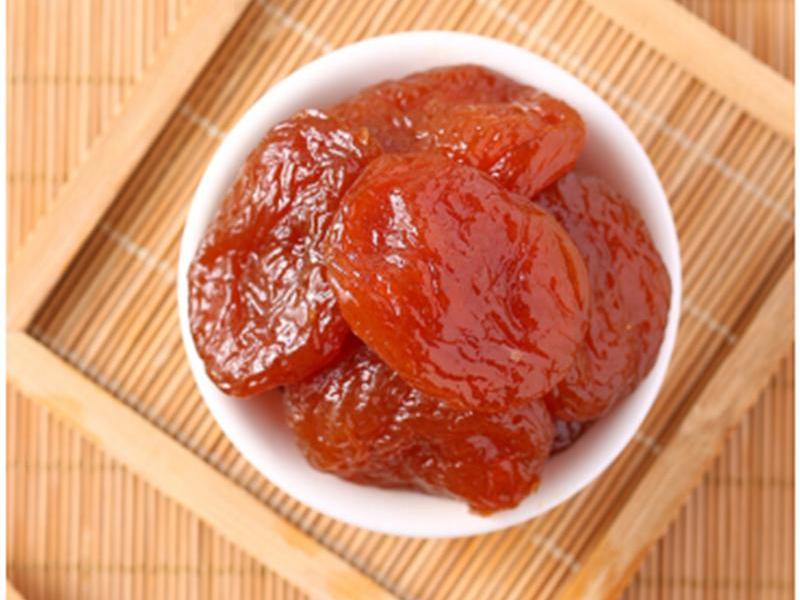
Clear Market Positioning, Broad Development Potential Passionflower yogurt precisely aligns with current consumer trends through its unique advantages:
· Meeting consumer demand for natural, clean-label dairy products
· Providing differentiated options for the premium flavored yogurt market
· Aligns with dairy consumption trends toward snack-like convenience and functional health benefits
Passion fruit ingredients offer dairy companies new pathways for product innovation and technological advancement, poised to carve out fresh growth opportunities in the competitive yogurt market and empower brands to create star products with differentiated competitive advantages.
7 High-Value Utilization of Passion Fruit Peel: Innovative Breakthroughs in Functional Food Ingredients
Passion fruit processing is undergoing an innovative shift toward whole-fruit utilization. Previously overlooked peel is now successfully transformed into high-value-added health food ingredients through modern food processing technologies, offering food companies novel solutions for developing clean-label and functional products.
Functional Ingredient Innovation Expands Application Scenarios Passion fruit peel powder is emerging as an ideal ingredient for diverse foods:
· Baked Goods: Replacing 30% of flour in biscuit production to enhance dietary fiber content and nutritional value
· Health-Focused Cakes: Blended with flour, egg mixture, and other ingredients to create uniquely flavored, nutritionally fortified innovations
· Snack Foods: Incorporated into products like cream puffs to impart distinctive flavor and health attributes
Technologically Mature and Reliable, Driving Industry Upgrades Significant progress has been made in passion fruit by-product processing technology:
· Determined 80°C as the optimal temperature for fruit powder soaking and drying, ensuring nutrient retention
· Established standardized process parameters through orthogonal and single-factor optimization trials
· Developed a diversified product system including jellies, fruit cakes, and more
Broad Market Prospects, Aligning with Consumer Trends Whole-fruit passion fruit utilization products precisely meet modern consumer demands:
· Address market focus on sustainable and upcycled foods
· Align with clean label and food waste reduction principles
· Provide new directions for functional foods and innovative snack development
High-value utilization of passion fruit peel not only enhances resource efficiency but also offers food enterprises new pathways for product differentiation and value enhancement, poised to create fresh market growth opportunities in the health food sector.
8 Green Spring Technology: Your Passionfruit Ingredient Solution Partner
Natural passionfruit ingredients, with their distinctive flavor and rich nutrition, are emerging as premium choices for clean label product innovation. The fruit's abundant natural components—including vitamins, flavonoids, and amino acids—not only impart a unique tropical fruit blend aroma but also help reduce reliance on artificial additives, meeting modern consumers' demand for clean, healthy labels.
Currently, the passion fruit industry is rapidly evolving from traditional juice processing toward high-value applications. Green Spring Technology is committed to advancing the comprehensive utilization of the entire passion fruit, providing clients with diverse natural ingredients including pulp extracts, peel fiber powder, and seed oils. This effectively addresses waste issues associated with byproducts like peels and seeds, maximizing resource utilization.
By choosing Green Spring Technology's passion fruit ingredients, you gain:
· Clean Label Support: Natural fruit aromas and nutrients help reduce reliance on artificial flavors, colors, and fortifiers
· Whole-Fruit Utilization Solutions: Diverse component ingredients support product diversification and functional innovation
· Consistent Quality Supply: Standardized processing ensures stable nutritional content and flavor profile
· Sustainability: Eco-processing principles enhance your product's environmental credentials and social responsibility value
Centered on natural passionfruit ingredients, Green Spring Technology delivers comprehensive solutions for food and beverage companies—from flavor innovation to nutritional fortification—helping your products stand out in the clean label market.
Request Samples & Custom Solutions Contact us at helen@greenspringbio.com or WhatsApp: +86 13649243917 today to explore passionfruit ingredient applications and collaboration opportunities!
References:
[1] Zhou Hongling, Zheng Yunyun, Zheng Jiazhen, et al. Excellent varieties of passion fruit and cultivation techniques [J]. Chinese Southern Fruit Trees, 2015, 44(2): 121-124.
[2] Kuang Ruibin, Yang Hu, Kong Fanli, et al. Current Status and Development Strategies of the Passion Fruit Industry in Guangdong Province [J]. Guangdong Agricultural Sciences, 2019, 46(9): 165-172.
[3] Chen Mei, Liu Difan, Xu Li, et al. Progress in Passion Fruit Research [J]. Southern Fruit of China, 2020, 49(6): 182-190.
[4] Yang Feng, Huang Yongchun, He Ren, et al. Determination of processing suitability of passion fruit and study on improving its juice yield [J]. Food Research and Development, 2008, 29(5): 82-86.
[5] Nyanzi S A, Carstensen B, Schwack W. A comparative study of fatty acid profiles of Passiflora seed oils from Uganda [J]. Journal of the American Oil Chemists' Society, 2005, 82(1): 41-44.
[6] Zhang Jingbo, Zhan Lin, He Ying. Determination of Components in Passion Fruit Seed Oil and Its Development and Utilization [J]. Chinese Journal of Oil and Fat, 2000, 25(6): 116-118.
[7] Kuang Ruibin, Kong Fanli, Yang Hu, et al. Analysis and evaluation of the nutritional characteristics of passion fruit juice [J]. Food Industry Science and Technology, 2021, 42(9): 347-357.
[8] Natália S J, Mariana S M, Deborah S G, et al. Influence of the cultivation system on the aroma of volatile compounds and total antioxidant activity of passion fruit [J]. LWT-Food Science and Technology, 2012, 46(2): 511-518.
-
Prev
Standardized Passion Fruit Extract Empowers Stable and Efficient Product Formulations
-
Next
Natural Passion Fruit Extract Unlocks New Possibilities in Food and Beverage


 English
English French
French Spanish
Spanish Russian
Russian Korean
Korean Japanese
Japanese